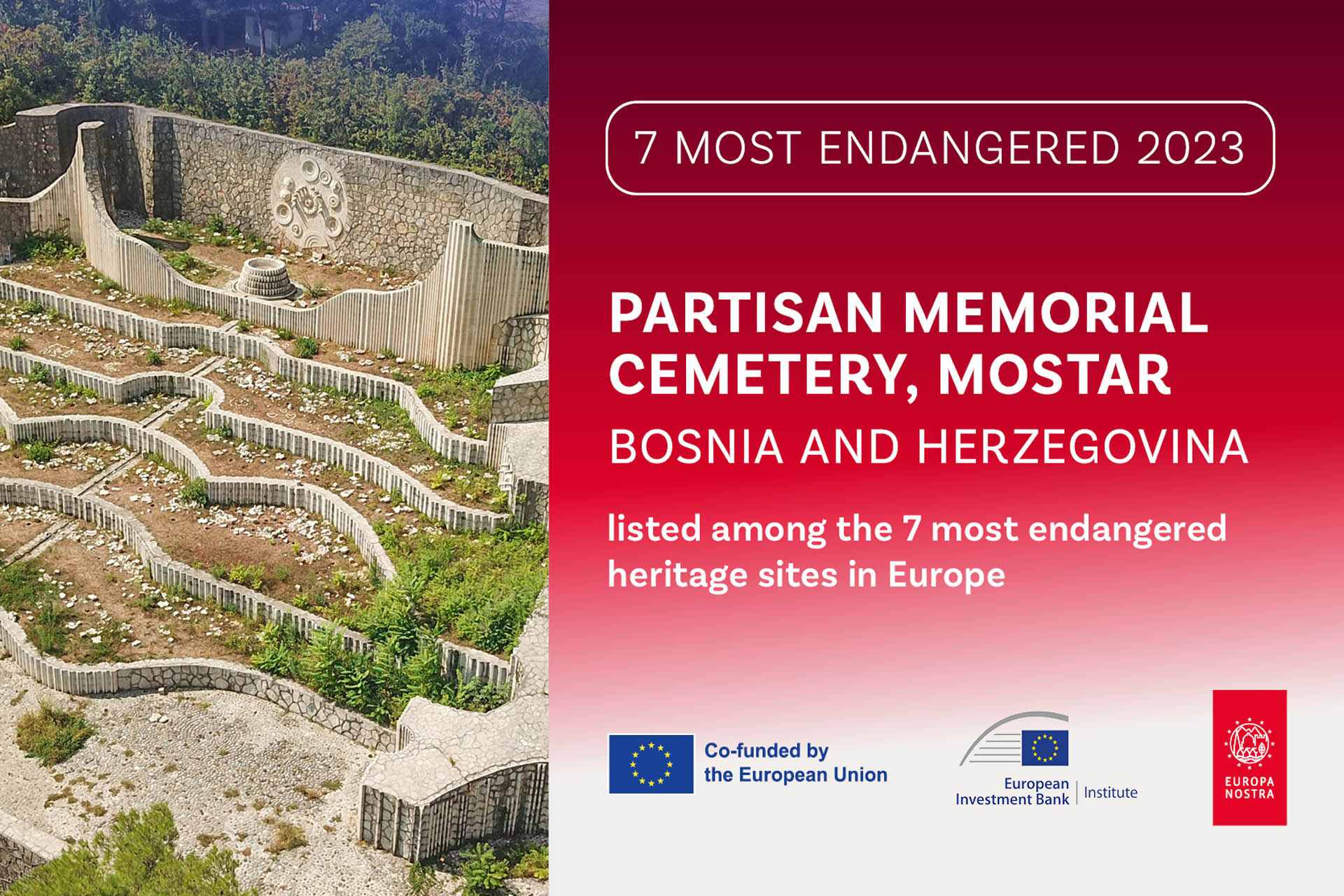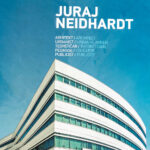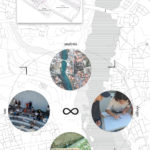The list of the7 Most Endangered monuments and heritage sites in Europe for 2023 – which marks the 10th anniversary of this innovative programme – has been announced today by Europa Nostra, the European Voice of Civil Society Committed to Cultural and Natural Heritage, and the European Investment Bank Institute (EIB).







